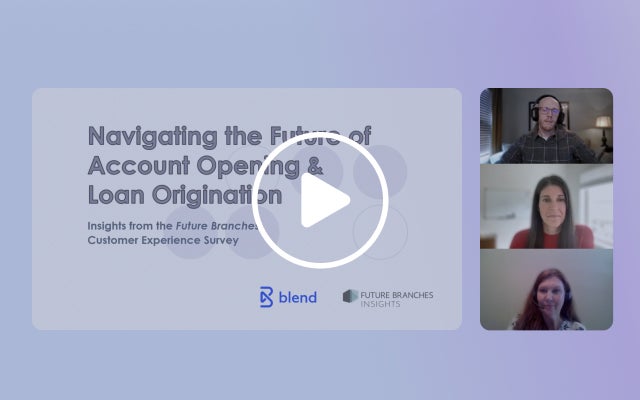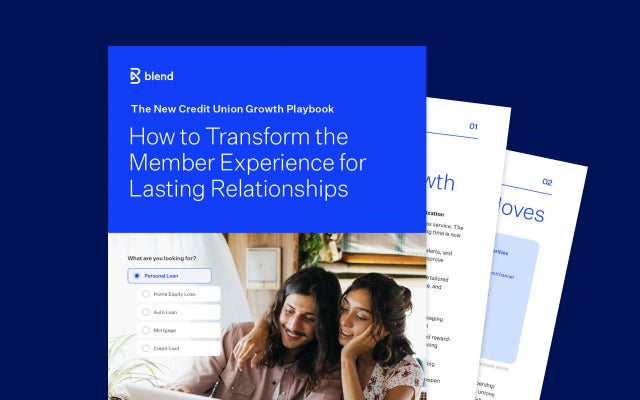July 20, 2021 in Thought leadership
The custom concern: Leveraging technology to move beyond the sale
View a clip featuring Head of Blend Nima Ghamsari as we explore the relationship between technology and customer-centrism.

Over the past few years, personalization has become an omnipresent buzzword. Regardless of the industry, businesses have been trying to figure out how to cater to consumers’ increasing demand for more authentic engagement. While this has largely been attributed to millennials and their perceived need for individualized experiences, the fact remains that personalization has been valued for most of human history.
Take the word customer. Dating back to the fourteenth century, the phrase can be traced to the Latin word consuetudo, meaning a “habit, usage, practice, [or] tradition.” Essentially, customers frequented a certain shop or tradesman for their goods, and they were more apt to remain loyal to the merchants who maintained meaningful relationships by offering personalized services and retaining intimate details.
Fast forward several centuries, and although the word customer remains part of the English lexicon, the rise of mass production and mass marketing has contributed to the decline of the hyper-tailored experiences that businesses are now actively seeking to create. Which brings us to the million-dollar question: how can companies get back to basics and put the concept of “custom” back in “customer”?

Keep the customer satisfied
In a word: technology. More specifically, the ability to leverage recent technological advances to move beyond the sale and create meaningful, long-term relationships with end users. Personalization is not new to the financial services industry. In fact, these services have historically been a community activity, and a high level of trust has existed between customers and their providers, who were often on a first-name basis.
Over the course of the last few decades, the financial markets became increasingly transactional, resulting in a missed opportunity to create lifelong customers. On top of that, digital transformation in banking has historically lagged behind other industries, a vulnerability that 2020’s pandemic exposed. As a result, financial institutions began to embrace the digital imperative, forcing them to reevaluate legacy systems and the role technology can play in creating a deeper level of consumer trust.
Make it personal
It’s time to take advantage of the data revolution. Data is the foundation for technology infrastructure, and people wouldn’t be so keen on sharing personal data if they doubted their bank’s ability to safeguard it. In fact, studies have shown that people are more receptive to higher levels of personalization if businesses can create a user experience that is equal parts seamless and secure.
The streamlined technology behind Blend’s unified consumer banking platform makes it possible for financial services providers to offer a one-stop shop, regardless of where customers are in their financial journeys. Instead of merely reacting to consumer demands, banks can proactively offer highly customized services, anticipate future financial needs, and zero in on what matters most — forging relationships that ultimately set customers up for lasting financial success.
Only the strong survive
From a first mortgage to buying a car, the majority of people will need to turn to a trusted provider as they reach various life milestones. Historically, those transactions were completed face-to-face. Yet, just within the past year, the landscape of those conversations changed drastically.
As the world begins post-pandemic reopening and consumers increasingly desire the flexibility to choose digital, in-person, or hybrid models of banking, financial services providers are being called to rise to the occasion and become their customers’ customary bank. From bacteria to large corporations, the ability to adapt has been the single most important factor to survival. In a modern business environment, this can be accomplished through acquiring a high level of digital agility.
It is virtually impossible to know how technology and its role in the financial world will evolve, but that doesn’t mean you shouldn’t try to get ahead of the game. Getting back to basics means applying a customer-centric strategy. Future-proof your technology, future-proof your relationships.

To learn more about our perspective on putting the custom back in customer
Find out what we're up to!
Subscribe to get Blend news, customer stories, events, and industry insights.


